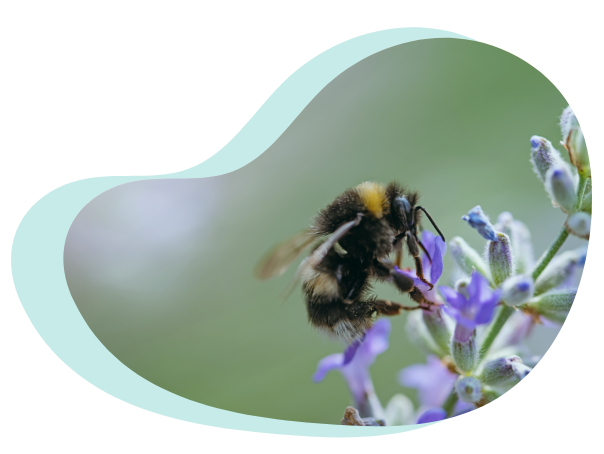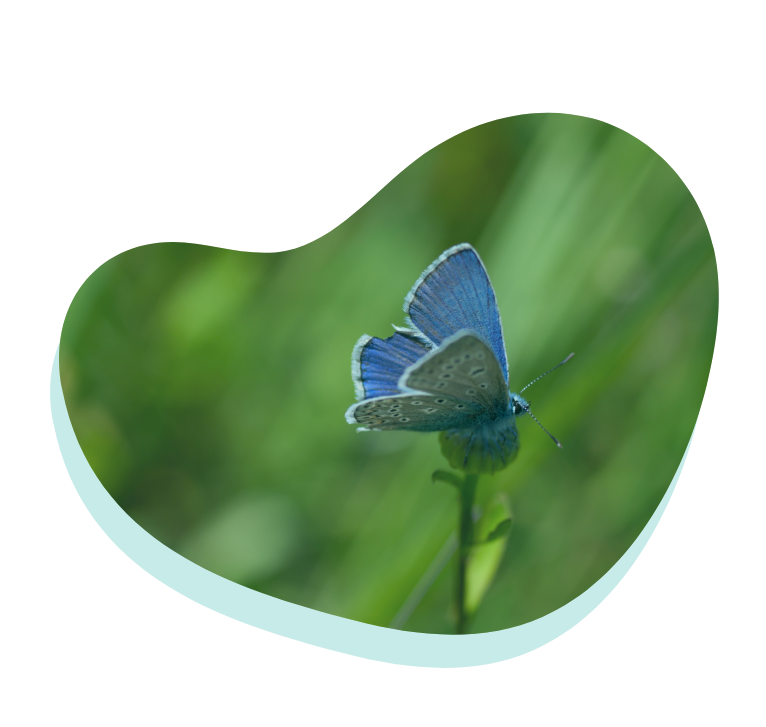How to help pollinators
You can help pollinators too! Just follow these steps:
Plant pollinator-friendly gardens
Avoid using pesticides
Provide habitats
Reduce light pollution
Build a bee hotel
Be a friend to the environment
Support conservation efforts
Raise awareness

